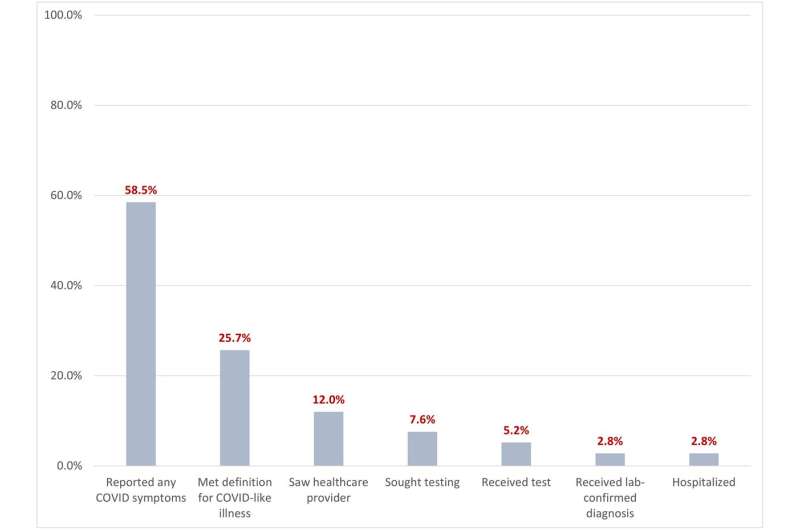
Toward the beginning of the COVID-19 pandemic in the U.S., stay-at-home measures helped stop the spread of the virus. At the same time, it may have shifted transmission to homes where, in many cases, entire families were suddenly spending more time together in close quarters.
To investigate household crowding as a risk factor for severe COVID-19 disease, a team of researchers from the CUNY Institute for Implementation Science in Population Health (ISPH) conducted a study using interview data from 6,831 U.S. adults screened for the Communities, Households and SARS/CoV-2 Epidemiology (CHASING) COVID Cohort Study in April 2020.
The researchers found that household crowding not only increased the risk of infection, but also increased the risk of severe COVID-19 disease, requiring hospitalization. Having children in the home was also a risk factor for being hospitalized with the virus. Small children have been shown to be less likely to present symptoms or to have a severe case, the authors explain. Nonetheless, they seem to have similar viral load levels to those of adults, and may play an important role in driving COVID-19 transmission in households.
“When children introduce infection into the household, adult infections may go unrecognized for longer, leading patients to delay care and be sicker by the time they receive care,” explains Distinguished Professor Denis Nash, the study’s lead author.
Source: Read Full Article
